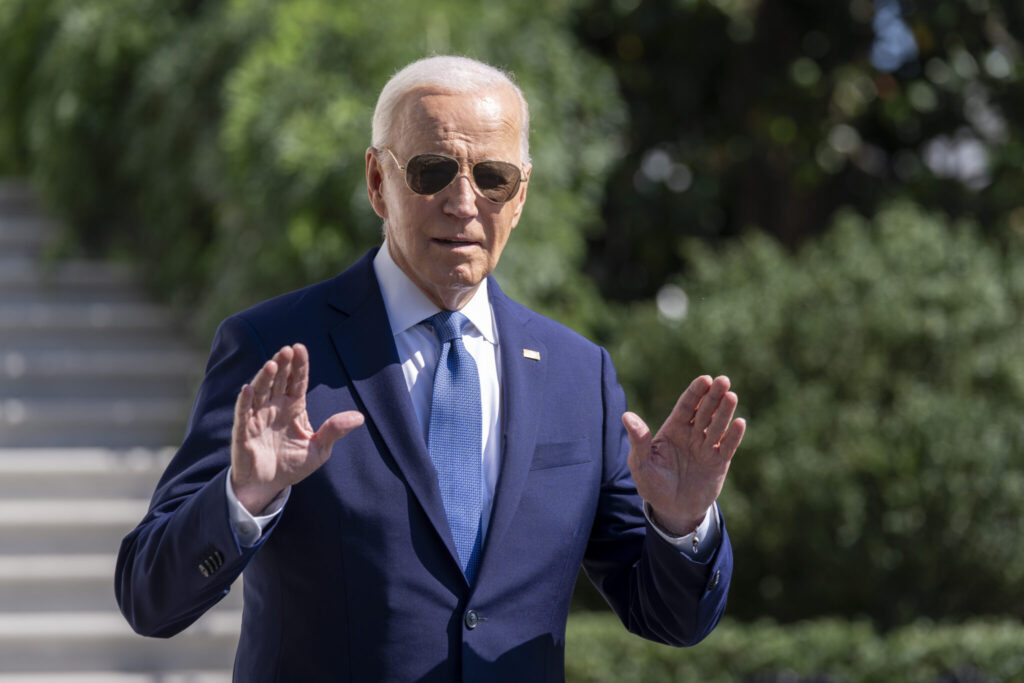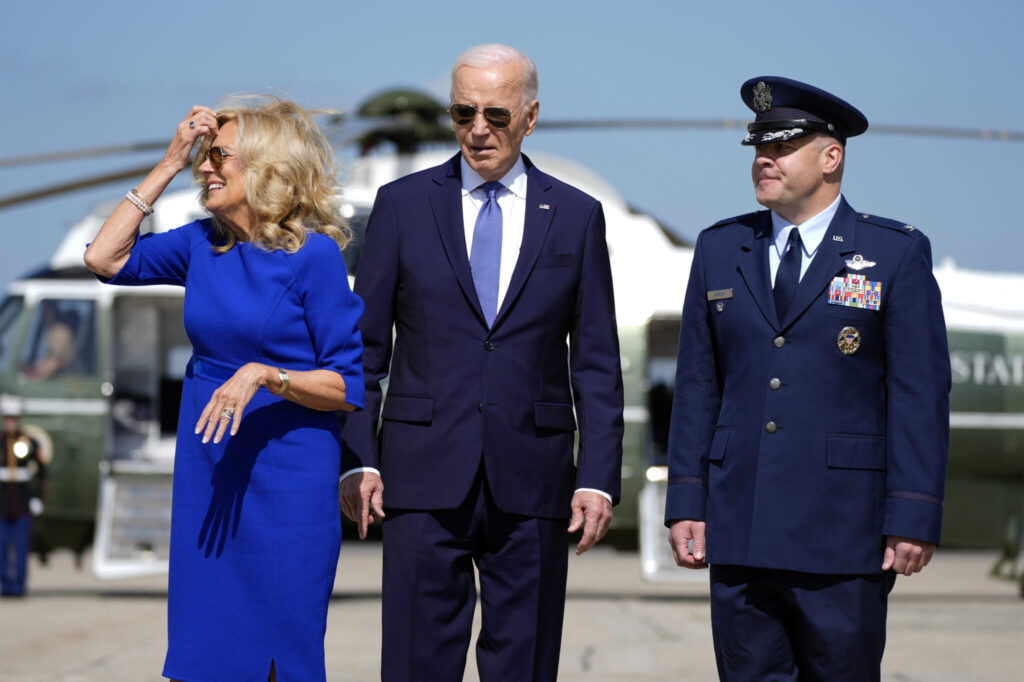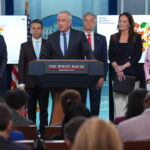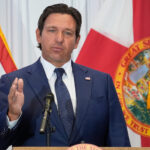Biden campaign 2024/ Biden Pennsylvania Wisconsin visit/ Bob Casey Biden support/ Tammy Baldwin Biden absence/ Biden lead pipe legislation/ Newslooks/ WASHINGTON/ J. Mansour/ Morning Edition/ President Joe Biden made a rare campaign appearance in Pennsylvania and Wisconsin, supporting Democratic Senate candidates in two critical battleground states. Senator Bob Casey embraced Biden’s presence in Pennsylvania, while Wisconsin Senator Tammy Baldwin kept her distance due to Biden’s low approval ratings. The events underscore Biden’s efforts to boost Democratic support without overshadowing vulnerable candidates.

Biden’s Battleground Visit: Quick Looks
- Campaign Stops: Biden visited Pennsylvania and Wisconsin to support Democratic senators.
- Mixed Receptions: Sen. Bob Casey joined Biden; Sen. Tammy Baldwin declined the appearance.
- Key Focus: Biden spotlighted infrastructure projects, notably lead pipe replacement.
- Political Strategy: Democrats carefully balance Biden’s appearances given his low approval ratings.
Biden Rallies in Pennsylvania, Wisconsin Ahead of 2024 Election
Deep Look:
President Joe Biden made strategic campaign stops in Pennsylvania and Wisconsin on Tuesday, marking a rare dip into the battleground states as he seeks to bolster Democratic support ahead of the 2024 election. Biden’s visit underscores his effort to back Vice President Kamala Harris’s campaign while lending support to Democratic senators in tight reelection battles, including longtime ally Sen. Bob Casey of Pennsylvania and Wisconsin’s Sen. Tammy Baldwin.
Biden’s stop in Pennsylvania included a private fundraiser for Casey, a critical ally with deep ties to the president. Casey, who grew up near Biden’s hometown of Scranton, has long collaborated with Biden on various policy fronts. Running for his fourth term, Casey faces a strong challenge from Republican David McCormick, making the Pennsylvania race a crucial one for Democrats aiming to maintain Senate control. Biden, a Pennsylvania native, is seen by Casey as a significant asset to his campaign.
Wisconsin, however, presented a more cautious scenario for Biden’s involvement. Senator Baldwin, who is contending for her third term against Republican Eric Hovde, opted to attend an event on a family farm in Eau Claire rather than appearing alongside Biden. Baldwin’s absence from Biden’s appearance is notable, as she has often maintained distance from the president in recent months due to Biden’s low approval ratings in Wisconsin, where support for him has lingered around 40% according to Marquette University polling. The senator’s office noted her prior commitment to receive the “Friend of Farm Bureau” award as her reason for being unable to join Biden in Milwaukee.
Biden’s Milwaukee event focused on the administration’s efforts to replace toxic lead pipes, part of his broader 2021 infrastructure legislation that provides $15 billion in funding to address lead contamination across the country. The legislation mandates that water systems identify and replace lead pipes within 10 years, an issue Biden’s team believes will have positive, lasting impacts, especially in states like Wisconsin, which has around 340,000 lead pipes still in use. In his remarks, Biden pointed to the significance of the infrastructure law for families and communities impacted by lead exposure, particularly highlighting lead’s severe effects on children’s health.
The response to Biden’s support varied between the two Democratic senators. While Casey welcomed Biden’s endorsement, Baldwin has been more selective in her associations with the president, having skipped four of Biden’s five visits to Wisconsin this year. This calculated distance may reflect the reality faced by many Democrats in competitive races, where Biden’s support could pose a risk rather than a reward. Christopher Borick, director of Muhlenberg College’s Institute of Public Opinion, commented that for Democrats in closely contested areas, “the risk of embracing Biden far exceeds any reward his efforts might bring.”
Baldwin has, however, appeared alongside Harris at larger campaign events, including one that drew over 10,000 attendees in Madison, her hometown. By aligning more closely with Harris, Baldwin may be seeking to appeal to a broader spectrum of voters without risking the mixed opinions surrounding Biden. Republican leaders in Wisconsin, meanwhile, were quick to criticize Baldwin’s absence. GOP chairman Brian Schimming suggested that despite Baldwin’s scheduling conflict, she cannot evade voter judgment on Election Day.
Some Democratic strategists, like Rep. Mark Pocan, argue that Biden’s policies remain popular in Wisconsin even if his overall favorability does not reflect that. Pocan emphasized that factors unrelated to policy, such as age, influence voter perceptions of Biden. “The problem with some of the polls is overly simplistic,” he noted, adding that while Biden’s favorability may wane, his policies resonate with a significant number of voters.
Biden’s campaign team minimized Baldwin’s absence, instead pointing to her consistent support of Biden’s bipartisan infrastructure legislation and her collaboration with the administration on various projects. Natalie Quillian, White House deputy chief of staff, noted Baldwin’s role in spearheading the infrastructure law, especially on provisions to address lead contamination.
These battleground state visits mark one of Biden’s few campaign appearances since he withdrew from the 2024 presidential race in July, promising at the time to support Harris and fellow Democrats. However, his campaign involvement has remained limited, and he has largely been cautious in choosing appearances. Biden’s stops in Pennsylvania and Wisconsin underscore the complexities of his role as he balances promoting key policies without hindering vulnerable candidates in close races. As the election draws nearer, Biden’s targeted engagements could shape his legacy and influence in the Democratic Party, particularly as it rallies to hold Senate control.







